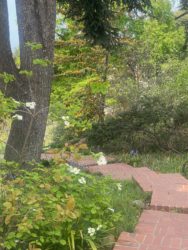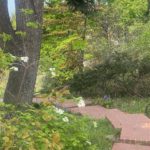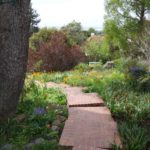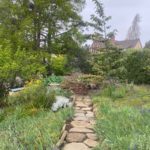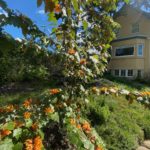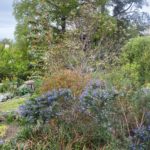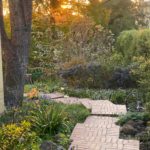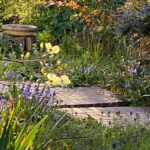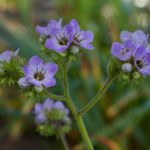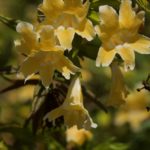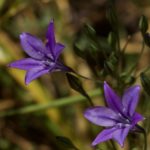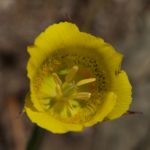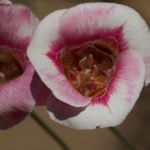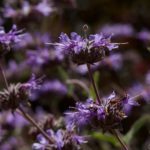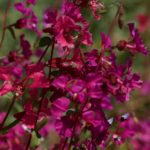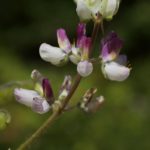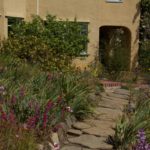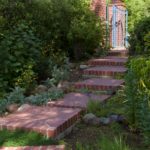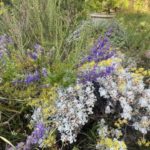Lot size: 1,500 sq. ft. front garden, 75% native
Garden Age: Garden was installed in stages, beginning in 2015
Years on the Bringing Back the Natives Garden Tour: New this year!
Showcase Feature
When long-time Tour participant Barbara bought the house, it came with a garden—full of ivy and acacia—that had been abandoned for decades. An avid hiker, Barbara designed a “garden on the wild side,” where plants move about the garden at will, finding places where they feel happy. This hillside garden contains many irregular steps; wear good walking shoes and watch your footing.
Other Garden Attractions
• In spring the vernal pool is surrounded by masses of white and lemon-yellow blossoms of the sweetly scented meadowfoam.
• Much of this garden is not watered at all; some areas are watered a couple of times in the summer.
• The back yard of this large garden will also be open for viewing.
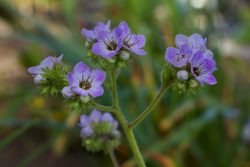 Gardening for Wildlife
Gardening for Wildlife
A birdbath, small natural spring, brush and compost piles, boulders, and a variety of native plants provide berries, nectar, pollen, shelter, and nest-making materials for wildlife. Innumerable butterflies flutter through the garden, including the large iridescent blue-black pipevine swallowtail—drawn in by the stand of Dutchman’s pipevine, the only host plant for this beautiful butterfly. A field of poppies delights native bees. Carpenter bees love the clarkia. No dead-heading is done in this wildlife-friendly
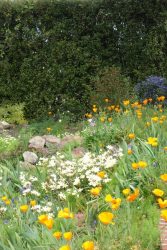 oasis; this leaves seeds for the birds to glean, and places for insects to shelter. Larval host plants for butterflies and moths include oak, vine maple, dogwood, serviceberry, lupine, oceanspray, goldenrod, gum plant, and more. Salamanders dwell in cool, shady nooks.
oasis; this leaves seeds for the birds to glean, and places for insects to shelter. Larval host plants for butterflies and moths include oak, vine maple, dogwood, serviceberry, lupine, oceanspray, goldenrod, gum plant, and more. Salamanders dwell in cool, shady nooks.
Garden Talks
12:00 “Change in the garden: The wild world and the garden teach the gardener soil and horticultural requirements. and seasonal adaptation” by Barbara Gansmiller


